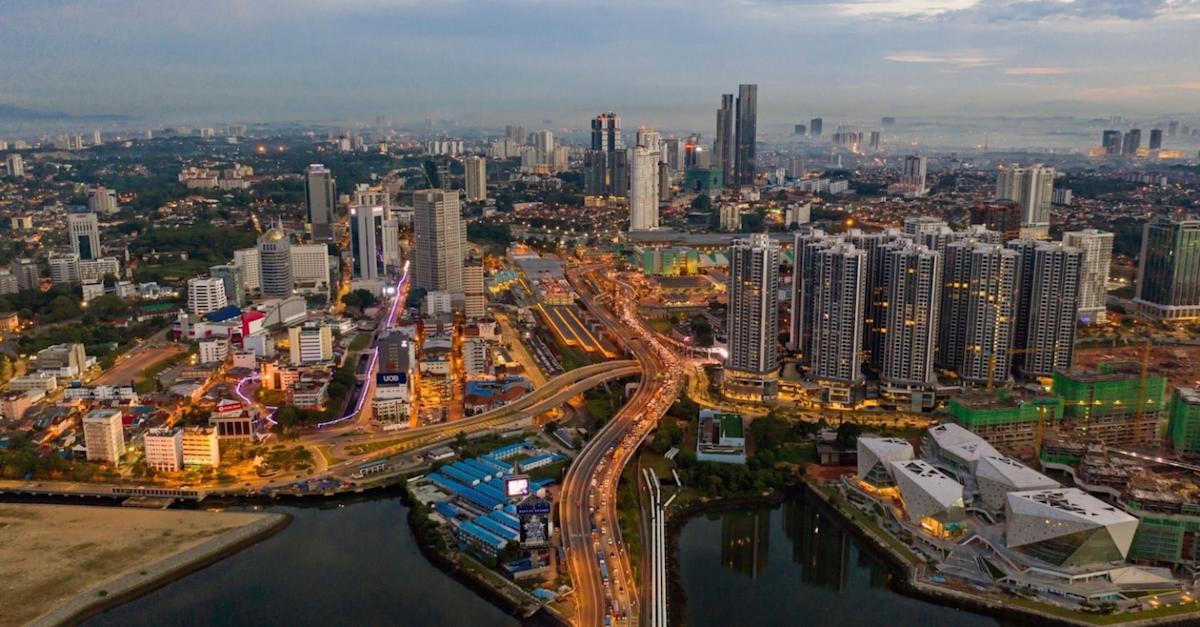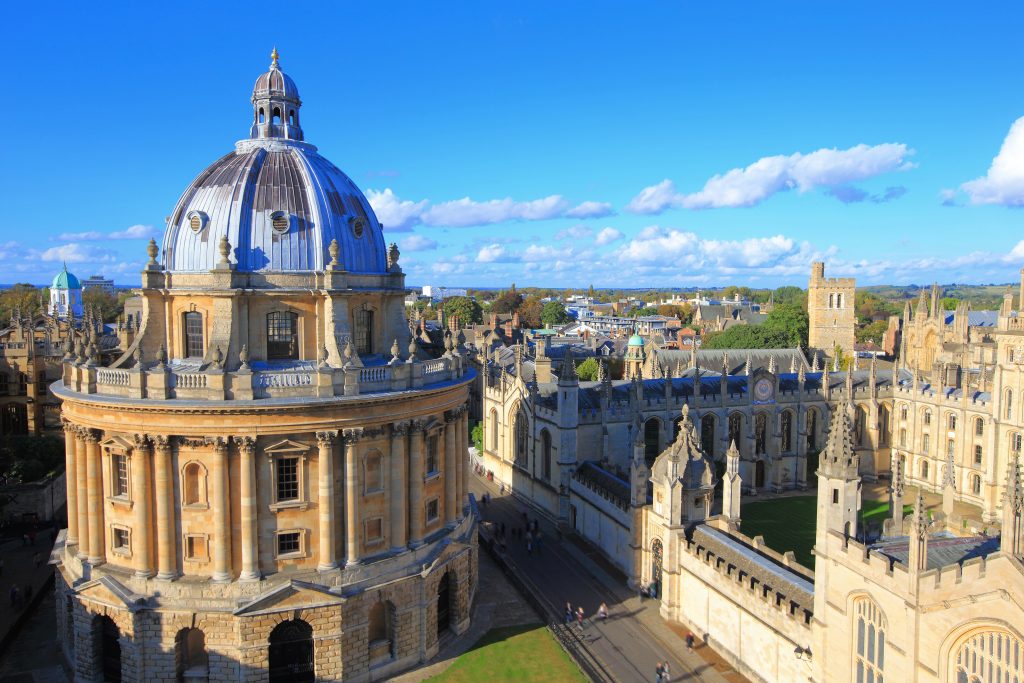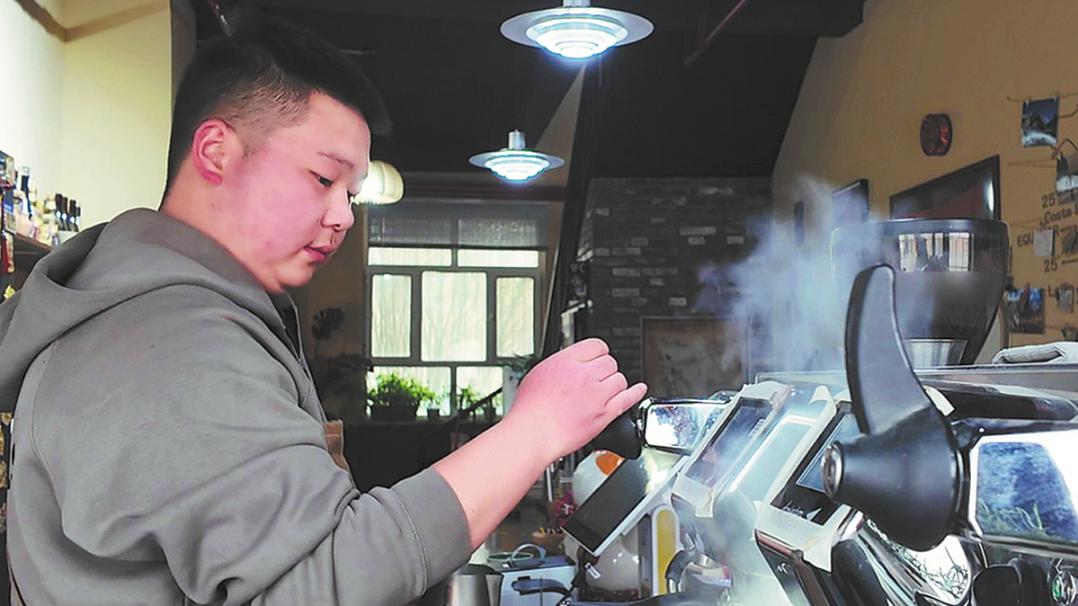Johor Bahru skyline (Photo: Bloomberg)
Johor’s property market is likely to see increased demand across the residential, commercial, industrialised and specialised sectors following the development of the Johor-Singapore Special Economic Zone (JS-SEZ) launched in 2025, according to JLL’s report Johor-Singapore Special Economic Zone (JS-SEZ) — Emergence of a new economic zone in Asean.
The JS-SEZ is a collaborative initiative between Malaysia and Singapore aimed at boosting trading, business and investment connectivity across the border to foster mutual growth between the two countries. The JS-SEZ focuses on high-impact sectors and flagship zones to attract investment and stimulate economic activity.
The JS-SEZ agreement will be complemented by three upcoming transportation infrastructure projects — the Johor Bahru–Singapore Rapid Transit System (RTS) Link, the Elevated Automated Rapid Transit (ART) and the Electric Train Service (ETS) extension. According to JLL, these projects are likely to improve Johor’s connectivity with both Singapore and Greater Kuala Lumpur as part of the JS-SEZ agreement, which will facilitate seamless movement of people and goods.
Looking to invest in overseas properties? Explore projects available for sale around the world
JLL states that the implementation of the JS-SEZ agreement and the transportation projects will cause property developers with land bank in Johor to benefit from the improving property landscape and increasing demand for land. Due to the appreciation of land values in Johor, major landowners such as UEM Sunrise, IOI Properties Group, Mah Sing Group, Sunway, Eco World Development Group (EcoWorld Malaysia), S P Setia and Glomac are positioned to reap significant benefits.
The JS-SEZ encompasses nine flagship areas: Johor Bahru Waterfront, Tanjung Langsat-Kong Kong, Iskandar Puteri, Senai-Skudai, Tanjung Pelepas, Sedenak, Desaru-Penawar, Pengerang Integrated Petroleum Complex (PIPC) and Forest City Special Financial Zone.
Impact of the JS-SEZ on Johor’s property market’s different sectors
According to JLL, the industrial, commercial, residential and specialised sectors in Johor’s property market are expected to see increased demand due to the transportation developments that will help to encourage easier movement of people and goods, with the aim of creating a comprehensive business ecosystem as well as streamlining cross-border business interactions.
“Major landowners and developers are well-positioned to benefit from this growth, potentially leading to a significant transformation of the region’s real estate landscape,” said JLL.
The industrial sector is predicted to see higher demand for logistic hubs, industrial parks and warehouses, a demand fuelled by expanding cross-border trade and manufacturing activities. The report highlighted three areas — Pengerang, Sedenak and 103° in Sunway City, Iskandar Puteri.
Pengerang, driven by the Pengerang Integrated Petroleum Complex (PIPC), will continue to attract investments from the industrial and energy sectors.
Read also: UOL to enter UK student housing market with GBP43.5 mil Varley Park acquisition
Meanwhile, Sedenak is positioned to emerge as a major industrial and technology hub, implementing artificial intelligence (AI) into its industrial parks.
As for 103° in Sunway City Iskandar Puteri, which holds the status as the first fully carbon-neutral free commercial zone, it is stated to be a hub supporting the automotive, semiconductor, Fast Moving Consumer Goods (FMCG) and third-party logistics industries in its Phase 1.
The report also stated that prominent parks offering cutting-edge facilities at strategic locations will receive strong demand, such as iPark @ Indahpura, i-TechValley, and Tanjung Langsat.
The prospects for Johor’s data centres appear to be healthy, with the spillover effect from Singapore’s capacity constraints and the recently signed JS-SEZ agreement boosting the state’s appeal. Due to the aforementioned reasons, Johor has attracted investments from Microsoft Azure, Equinix and Princeton PDG.
Multiple key data centre locations have also housed a combination of hyperscalers and data centre operators, such as Sedenak Tech Park, Nusajaya Tech Park, Nusa Cemerlang Industrial Park and YTL Green Data Centre Park. Additionally, Johor hosts Malaysia’s largest data centre, a 500MW facility by YTL Power in Kulai.
The commercial sector is seeing increased demand primarily for office spaces and industrial facilities. As the development of the JS-SEZ progresses, infrastructure improvements will make the area more attractive, resulting in an appreciation of commercial and retail property values, according to JLL.
Read also: Revealed: Li Ka-shing’s family home of six decades and the subject of ‘fabricated’ rumours
Specifically, the demand for sustainable office spaces is on the rise, driven by an influx of domestic start-ups and multinationals in the service industries. Due to this, JLL predicts that there will be more green developments in the future. The retail and entertainment sectors are also slated to expand due to the influx of businesses and workers, with the opportunity to capitalise on the anticipated increase in Singaporean and tourist footfall. Hotels and serviced apartments are also expected to flourish due to the inrush of cross-border business travellers and tourists.
In the same spirit, demand and property values are anticipated to increase for residential properties near the upcoming transport hubs in Johor. According to JLL, an upward trend in residential property interest has been observed since the JS-SEZ’s announcement in 2023 as professionals, investors and businesses move to Johor due to the JS-SEZ covering key areas like Iskandar Malaysia’s economic region, Forest City and Pengerang. Demands for affordable housing and high-rise developments are also rising in key areas such as Johor Bahru, Iskandar Puteri and Pasir Gudang, following the influx of businesses and workforce. Luxury properties near Singapore-linked hubs are also poised to attract expatriates and business owners.
These factors result in property values appreciating and the rental market’s growth, with a focus on short-term stays serving professionals commuting between Johor and Singapore, making Johor an attractive investment destination. Johor’s residential overhang is also reducing as a result of rising demand, potentially raising home values.
Meanwhile, Johor maintains its position as a key player in medical tourism, with the healthcare sector benefitting from the transportation infrastructure projects in the JS-SEZ agreement. Two major cities in the JS-SEZ, Johor Bahru city centre and Iskandar Puteri, have multiple ways to easily access Singapore, encouraging easier access for medical tourists in both countries to healthcare services, including treatments of rare diseases and laboratory work.
Some private hospitals in Johor are already preparing for expansion, with new buildings underway to increase bed capacity and attract more domestic and foreign patients. Both foreign investors and the state government are actively building government-owned health facilities within this zone. Some of these hospitals are Thomson Hospital Iskandariah, Sunway Healthcare Group, Hospital Pasir Gudang (HPG) and Hospital Sultanah Aminah 2.
Property developers with land bank in Johor
With the improvement of the property landscape, property developers with land bank in Johor can expect improved land values, according to JLL.
UEM Sunrise, partnering with Singapore-based GuocoLand Ltd, is looking to jointly develop the former’s selected freehold land parcels in Iskandar Puteri. UEM Sunrise has a 7,985-acre land bank in Johor, with 70% (about 7,470 acres) of that land bank strategically located within Iskandar Malaysia. The company is also set to leverage its vast land bank in Gerbang Nusajaya, which includes a 2,334-acre development worth a gross development value (GDV) of RM45 billion ($13.7 billion).
Meanwhile, developers such as IOI Properties, EcoWorld Malaysia and S P Setia are planning to build industrial and business parks across key areas in Johor. IOI Properties is planning to develop more industrial parks in its township in Kulai, with its 3,800-acre remaining land bank in Johor. EcoWorld Malaysia has also acquired 404 acres of land in Kulai, Johor, for RM211 million, with plans to build a business park called Eco Business Park VI with an estimated GDV of RM1.58 billion. Lastly, S P Setia’s 307-acre land bank in Tanjung Kupang, Johor, is likely to be developed into a managed industrial park.
In addition to this, Mah Sing has acquired two parcels of land in Johor — one of almost 900 acres in the Johor Meridin East Johor township and one with 155 acres of land in their M Tiara township.
Lastly, Sunway has 740 acres of land in Sunway Iskandar, and Glomac has 238 acres of remaining land bank in Johor. Glomac’s remaining land bank is likely to be developed for housing development and commercial centres.
Johor’s economic growth
Since 2006, Iskandar Malaysia has attracted around RM215 billion in foreign investments, with Singaporean firms such as CapitaLand, Temasek Holdings and Keppel Land ranking among the largest investors. Continued confidence in Johor’s mixed-use and industrial developments is a reflection of recent deals, such as CapitaLand Malaysia Trust’s RM72 million industrial acquisition in Senai Airport City in February.
As limited supply and constant economic restructuring drive up Singapore’s industrial land costs, Johor offers a strategic, cost-effective expansion option for Singaporean firms looking to maintain regional operations while accessing Malaysia’s skilled workforce and more affordable land.
The JS-SEZ will strengthen Johor’s role as Singapore’s remote area if implemented well, according to JLL. The JS-SEZ has already created demand for industrial, residential and commercial properties. With daily commuting already at over 400,000 people crossing the Causeway, stronger economic integration will likely boost new township developments, logistics hubs and industrial parks, anchoring Johor as a destination for high-value manufacturing and cross-border businesses.
See Also:










